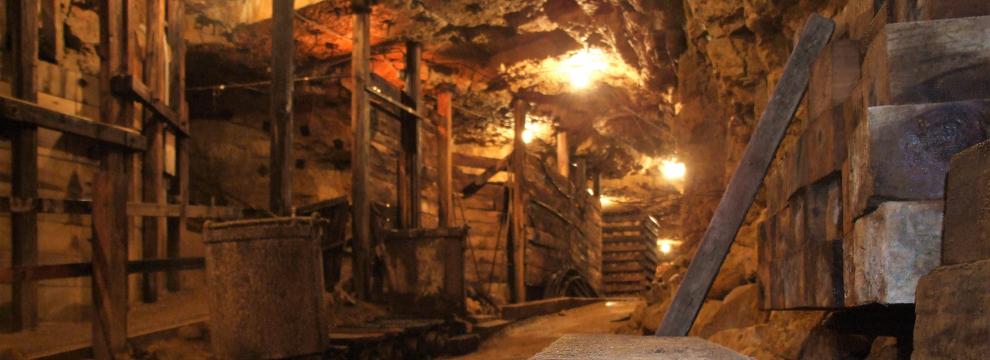-
City Hall
-
- Common Council Meet Your Council Meeting Information Boards & Commissions Agendas and Minutes Vacancies City Manager City Staff Departments Administration City Assessor City Clerk Elections Finance Airport Community Development Housing Authority
- Departments Communications Fire New Fire Facility Project Library Museums Parks & Recreation Mound View Campground Event Center Parks Pool/New Pool Project Recreation Senior Center Police Public Works City Cemeteries Water & Sewer City Staff Directory
-
Budgets
Municipal Code
Job Opportunities
Bids and RFPs
Platteville Places (GIS)
Forms, Permits and Applications
Documents, Reports,
and Presentations Parking Elections
-
-
Business & Development
-
-
Bring Your Business
Here Municipal Code Platteville Transit Platteville Airport New Development Comprehensive Plan Development and Zoning Application Fees Current Projects New Housing Fee Report - Downtown Downtown Revitalization Plan Historic Preservation Plan Downtown Reserved Parking Main Street Redevelopment Authority TIF Districts Forms, Permits and Applications Bids and RFPs
- Economic Development Partners Platteville Regional Chamber Platteville Business Incubator Platteville Area Industrial Development (PAIDC) Grant County WI Economic Development (GCEDC) Wisconsin Small Business Center Wisconsin Women's Business Initiative Wisconsin Economic Development Corp. (WEDC)
-
Bring Your Business
-
-
Our Community
-
- Welcome to Platteville Life in Platteville New Residents Community Kudos Demographics History Local Businesses Things to Do Upcoming Events Farmer's Market Library Museums Parks & Recreation Pool Senior Center Tourism Biking & Hiking ATV/UTV Routes
- Services Services A-Z Elections & Voting Broske Event Center Rentals Auditorium Rental Garbage & Recycling Parking Information Dog Licensing Platteville Places (GIS) Public Transportation Submit a Request or Concern Yard Waste Public Safety Police Fire Parking
- Community Organizations Platteville Regional Chamber Main Street Program Platteville Community Arboretum Rountree Gallery PATH Current Projects Schools Platteville School District University of Wisconsin-Platteville Southwest Tech Food Pantry Resources
-
-
Connect
-
- Contact Us Submit a Request or Concern Submit a Community Event City Staff Directory Department Contacts Job Opportunities Alerts and Notifications Email Subscriptions CodeRED Alerts New Residents
- Online Resources Agendas and Minutes Calendar Municipal Code Documents, Reports, and Presentations Forms, Permits, and Applications City News In The Spotlight 53818 Update Newsletter
- Social Media Facebook City Library Museum Parks and Recreation Police Pool Senior Center Twitter City Library Police
-
History
The community of Platteville began in 1827 when the first miners clustered around the lead mines near the creek, among them John Hawkins Rountree, the “father” of Platteville. Rountree and his partner, J.B. Campbell, took possession of their diggings, the Rountree lode, in November of 1827. First known as the Platte River Digs, the City grew with the addition of a furnace for smelting lead ore and a store. According to one account, “the town site was really a thicket of hazel bush with most of the buildings along the road running from Rountree’s residence to his furnace.”
Two years later, in 1829, John Rountree was appointed postmaster. At that time, the community applied for a post office under the name Lebanon, but since another town already picked that name, the City went with its second choice, Platteville.
In 1835, the City was surveyed and 19 lots laid out in addition to City Park. The surveyor, Thomas Hugill Sr., came from a mining City in Yorkshire England and it is said he laid out Platteville to replicate his native City of narrow streets, small blocks and a small public square. The irregularity of the streets can be explained in part by the fact that Platteville started out as a mining town. When surveying the streets, it was necessary to move and jog stretches of the streets to avoid mine shafts. Other concerns were the creek, its steep ravine, and Rountree Branch.
Unlike many mining towns, Platteville continued to grow even when mining was no longer the most important industry. The presence of the Academy, which developed into the Normal School, and the success of agriculture in the area allowed Platteville to become an important center that could support a large number of businesses. Over time the first log buildings were replaced with frame buildings. Several fires over the years, especially the disastrous fire of 1874, encouraged landowners to build with brick. Hotels, banks, merchants, churches, and factories found a home in downtown Platteville. Residents, often the merchants who ran shops, lived above the stores. Social organizations like the Masons and the Knights of Pythias met in halls downtown. There were changes over the years: the arrival of the railroad, spurred new growth in the 1870s and 1880s, the zinc industry revitalized the city in the late 19th century, new businesses like the movie theaters, the growing number of students, and parking for cars instead of hitches for horses. Although mining continued in the area until 1979, it was Platteville’s ability to shift its economic base that kept it from becoming a ghost town, the fate of many mining communities.
Before designation as a Commercial Historic District in 1990, several buildings were torn down in order to accommodate for parking and “modernization.” During that time, Platteville lost a theater, the Masonic Temple, two hotels, a clock tower church and several smaller buildings, c 1880. Thanks to the foresight of Joanne (Eastlick) Reese, the district is now protected by a Historic Preservation Ordinance and Historic Preservation Commission. The community of Platteville owes a debt of gratitude to Joanne for her diligence and love of her childhood home.
Today, the Main street district remains the center of the community: It continues to provide businesses and commercial services to fulfill the needs of the city, the surrounding farms and the university; its governmental buildings continue to serve the city from this district; and it is home to two museums, a gallery, and the municipal auditorium … all of which provide gathering places for visitors and community members alike.
Visit this interactive online Historical Tour of Platteville that compares the architecture of Main Street today to that of 1884.


